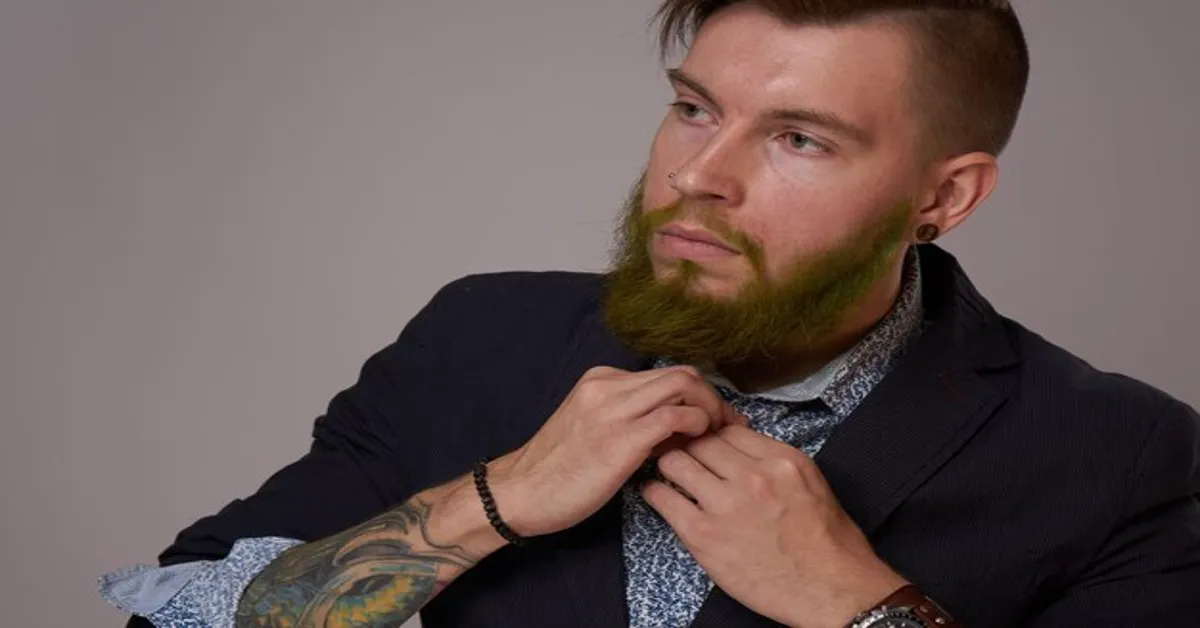Mutton chops are more than just a beard style—they are a statement. With their bold, rugged appearance, mutton chops have been sported by historical icons, Hollywood actors, and modern trendsetters alike. Whether you’re looking to embrace vintage masculinity or make a modern twist on this classic look, this guide will help you understand everything about mutton chops, from styling tips to maintenance.
What Are Mutton Chops?
Mutton chops refer to a distinctive facial hair style where the sideburns extend down the cheeks and are often connected to a mustache, creating a thick and bold appearance. This style dates back centuries and was popularized in the 19th century, particularly among military men and politicians.
Key Features of Mutton Chops:
- Thick, bushy sideburns extending down to the jawline.
- Often connected to a mustache but not a full beard.
- Can be styled in various ways, from classic to modern variations.
History of Mutton Chops
Mutton chops have a rich history, dating back to the 19th century. They were named after their resemblance to a cut of meat (mutton) and were a symbol of strength and masculinity. Some famous figures known for their mutton chops include:
- Ambrose Burnside – A Civil War general whose unique facial hair inspired the term “sideburns.”
- Elvis Presley – The rock ‘n’ roll legend modernized mutton chops with a sleek, stylish twist.
- Hugh Jackman as Wolverine – Popularized the look in modern pop culture.
Different Styles of Mutton Chop
Mutton chops come in various styles, each offering a unique look. Here are some popular variations:
1. Classic Mutton Chop
- Thick and bushy sideburns extending down to the jawline.
- Often left natural or slightly groomed.
2. Friendly Mutton Chop
- Connected to a mustache, creating a more unified facial hair look.
- Popular in the 19th century and seen in many historical portraits.
3. Modern Mutton Chop
- A refined version with cleaner edges and a well-maintained shape.
- Works well with different face shapes and is often styled with a fade.
How to Grow Mutton Chop
If you want to rock mutton chops, patience and proper grooming are key. Here’s how you can grow them:
Step 1: Let It Grow
- Allow your facial hair to grow for at least 4-6 weeks.
- Avoid trimming the sideburns while letting the hair grow evenly.
Step 2: Define the Shape
- Use a quality beard trimmer to carve out the desired shape.
- Trim the chin area to ensure separation from the beard.
Step 3: Keep It Groomed
- Regularly trim and shape the edges to maintain a sharp look.
- Use a beard comb to keep the hair neat and free of tangles.
Maintenance Tips for Mutton Chops
Maintaining mutton chops requires consistent care to keep them looking fresh and stylish. Here are some expert grooming tips:
- Trim Regularly: Keep the shape defined with a good trimmer.
- Use Beard Oil: Keeps the hair soft, moisturized, and free from itchiness.
- Shave the Chin: To maintain the distinctive chops look, ensure the chin remains clean-shaven.
- Comb Daily: Helps prevent tangles and maintains a well-groomed appearance.
Who Should Try Chops?
Mutton chops can work for various face shapes, but they are particularly flattering for:
- Square Faces: Enhances the strong jawline.
- Oval Faces: Adds more structure to the face.
- Round Faces: Creates a slimming effect by elongating the appearance of the face.
Conclusion
Mutton chops are more than just a facial hair style; they are a bold fashion statement. Whether you’re going for a classic or modern look, proper grooming and maintenance are essential. Ready to embrace the chop look? Start growing, shaping, and styling today!
FAQ Section
- 1. Are mutton chop still in style?
Yes! While not as common as other beard styles, chops are a bold and stylish choice for those looking to stand out.
- 2. How long does it take to grow mutton chops?
On average, it takes 4-6 weeks to grow thick chops, depending on your hair growth rate.
- 3. Do mutton chop require a lot of maintenance?
Yes, they require regular trimming, shaping, and grooming to maintain their distinct look.
- 4. Can chops be styled in different ways?
Absolutely! You can experiment with different lengths, fades, and even connect them to a mustache for a unique twist.









